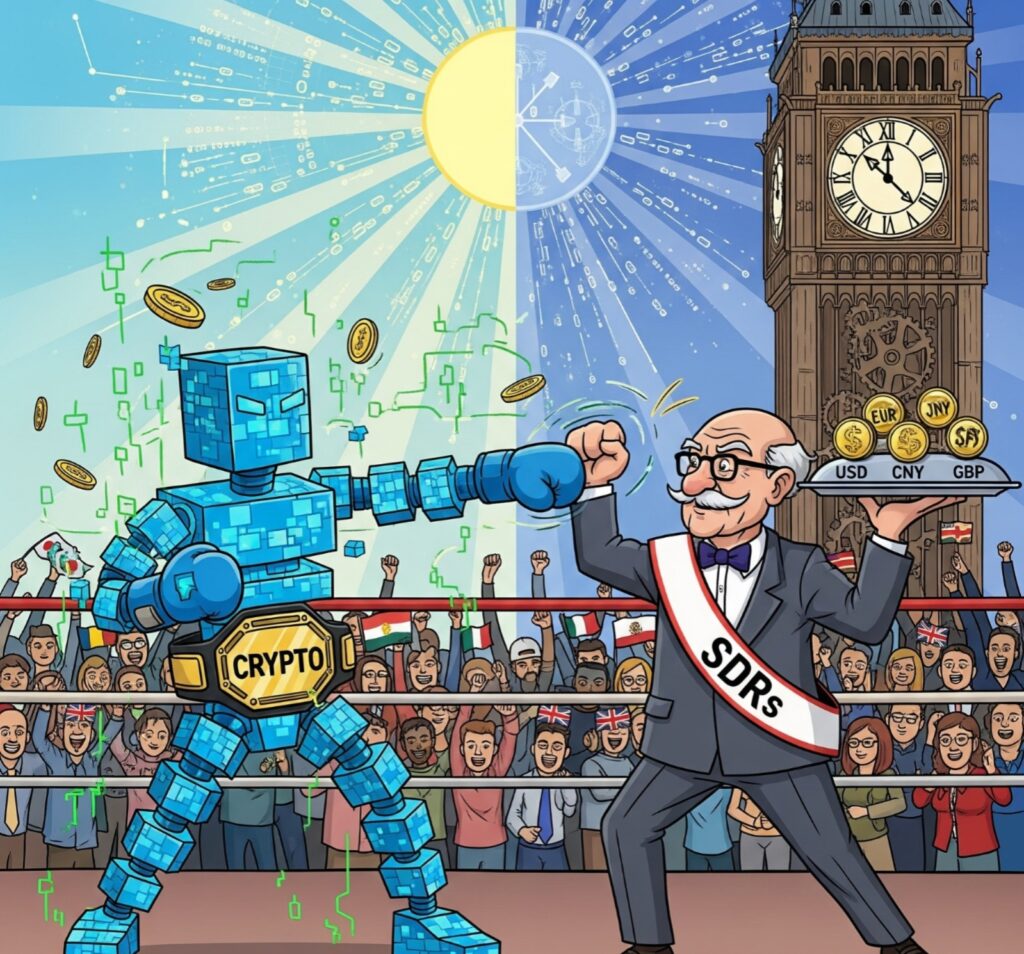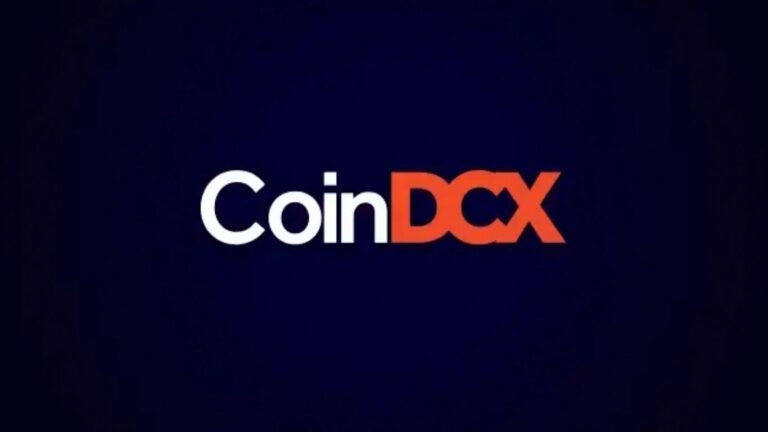Crypto vs. SDRs: Rethinking Reserve Assets in a Digital Age
New Delhi 11 August 2025 The changing global financial landscape presents a unique opportunity: the possibility of crypto assets generally, and digital currency in particular, to fly in the face...

New Delhi 11 August 2025
The changing global financial landscape presents a unique opportunity: the possibility of crypto assets generally, and digital currency in particular, to fly in the face of a traditional reserve asset based in part on the Special Drawing Rights (SDRs) issued by the IMF. Recent developments—including the IMF’s approval of crypto assets—demonstrate that this is an opportune moment to debate whether crypto assets have features that could make them a superior potential international reserve asset versus the SDR system. To fully grasp the implications of a reserve asset based on digital currency, an analysis of the distinct features of digital currencies versus the core characteristics of traditional SDRs is needed.
Special Drawing Rights, established in 1969, serve as fund reserves in addition to gold and the USD. SDRs are unique because their valuation is based on a weighted basket of five currencies: USD, Euro, Chinese Yuan, Japanese Yen, and British Pound Sterling. Most often, SDRs are used by members of the IMF to stabilize currencies, fund essential imports, and mitigate financial crises. For example, Argentina used its SDRs to pay down its IMF debt, which helps its overall fiscal burden and maintains the country’s reserve levels. Likewise, Ecuador used its SDRs, under the supervision of its Finance Ministry, to fund government spending and bolster reserves. However, the accessibility of SDRs is only to IMF member countries (and a few others), which limits the range of availability and use across countries.
On the other hand, crypto assets mark a transformational moment for accessibility, transparency, and function. Recently, the IMF itself has started tracking crypto assets formally and has added them to its Balance of Payments Manual (BPM7). This represents a significant shift as it shows a growing recognition of the crypto economy by the global financial system. Although this is mainly for statistical tracking, it also validates the legitimacy of crypto assets even somewhat indirectly in the world of international finance.
One of the significant benefits of crypto assets when compared to SDRs is the decentralization and transparency of the assets. SDRs are centrally coordinated and managed by the IMF and are directly tied to the political and economic stability of the contributing countries, while crypto assets run on decentralized public blockchain networks that are immutable and transparent. This structure introduces a robust defense mechanism against the potential for manipulation, which in turn strengthens the opportunity for further trust. Additionally, because crypto assets are not tied to any one country’s monetary policy, they provide another politically neutral option compared to SDRs.
Beyond transparency, crypto assets also provide unparalleled programmability, as well as inclusivity. Smart contract platforms like Ethereum enable low-cost, cross-border transactions that can be automated in a way that is simply not available with SDRs. The flexible technology also has the potential to eliminate time and complexity in settlements that would otherwise impact any global financial interaction. Unlike SDRs, which are available only to governments and select institutions, crypto assets are available to everyone, and will allow for inclusion of citizens, companies, and underrepresented regions as well. For developing countries in particular, this opens new doors when it comes to financial inclusion, financial resilience, and independence from the USD or other dominant global currencies.
While these advantages exist, it is important to understand that the current crypto assets are still facing considerable obstacles, primarily, regulatory clarity, validity, and institutional acceptance. While SDRs provide stability and yield (interest), backed by a basket of currencies, crypto assets have considerable price fluctuations. However, improvements in stablecoin technology, which ties crypto assets to fiat or commodities, are decreasing volatility concerns and increasing the reliability and stability of the crypto asset.
Considering these dynamics, crypto assets may very well offer tremendous potential as a supplement – if not replacement – to SDRs. The intended use of crypto-assets by institutions is growing and they have an inherent advantage in decentralization, transparency, programmability, inclusivity, and efficiency which situates them well in the international financial context.
As global economic powers increasingly embrace the disruptive potential of crypto assets, many G20 nations are now acting in this space by creating regulatory frameworks to help them adopt digital currencies. The US, EU states and Japan have already made significant investments, including some very clear regulations, as well as future-focused ground rules and guidelines for crypto innovation. In contrast to its peer G20 economies, India has had a hesitant and fragmented regulatory approach which has resulted in India lagging behind both its own peers and other global economies. After all, India already has a rapidly growing digital economy, and even the technological capacity to lead in Web3. With the result being that the longer India stays on the fence without clear regulation, especially in an area where legislators have now actively embraced cryptocurrencies, the longer this chance enters list territory in terms of yawning a lead with digital finance innovations. To remain relevant in leading the future of both the international reserve asset space as well as digital finance, India should, more than urgently align with progressive global regulation practices by granting itself a world-class regulatory context that is fit for the future.






No Comments Yet